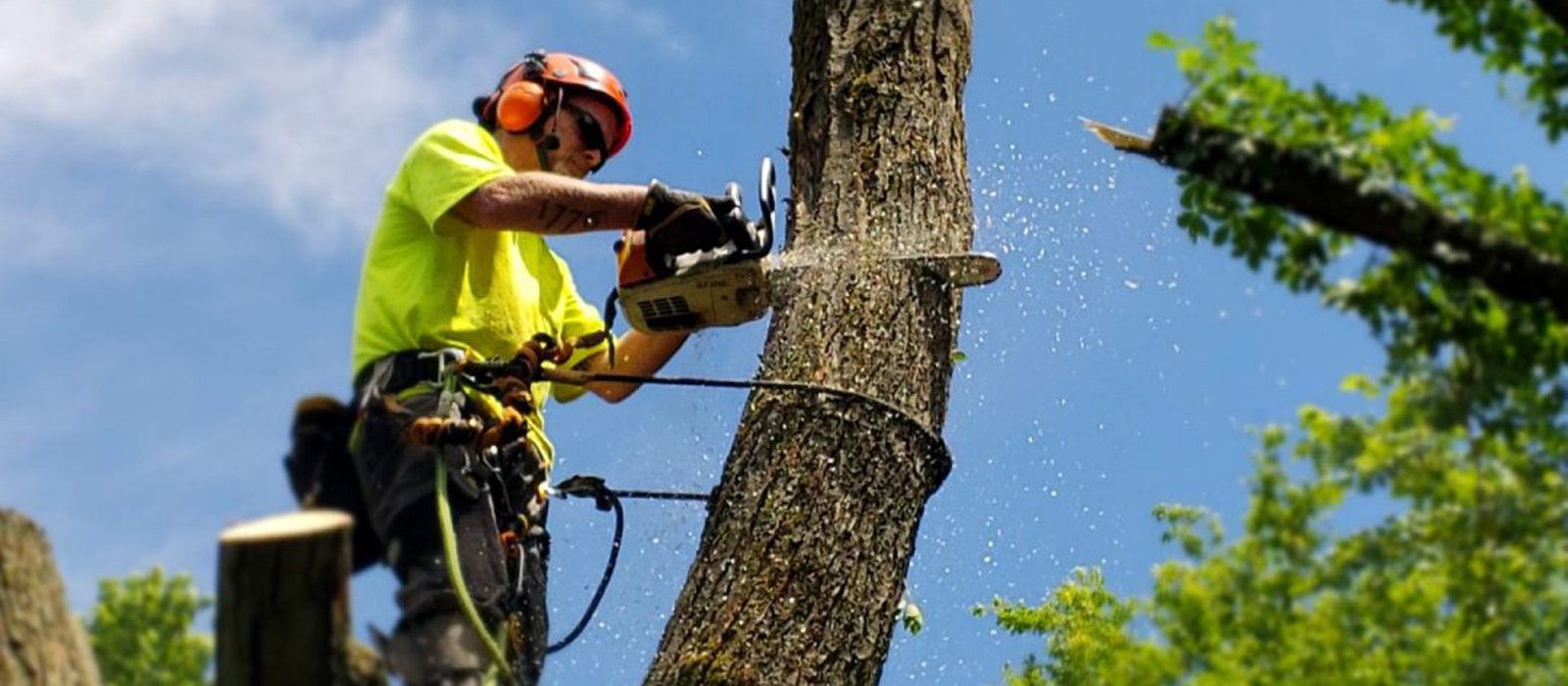Urban development has undoubtedly transformed landscapes and city skylines, bringing progress, innovation, and economic growth. Nevertheless, the swift pace of urbanization invariably imposes a toll, notably on the well-being of the natural environment, encompassing the vitality of our cherished urban trees. Within this discourse, we will delve into the intricate ramifications of urban development on tree health, addressing the challenges at hand and proposing potential solutions to harmonize the delicate equilibrium between urban expansion and environmental preservation.

Loss of Green Spaces
Among the immediate consequences of urban development on tree health, the depletion of green spaces stands out as a significant and pressing concern. As cities expand and infrastructure projects take shape, large tracts of land are cleared, often leading to the removal of mature trees. These green spaces, once home to diverse ecosystems, are replaced by concrete jungles, leaving little room for trees to thrive.
Soil Compaction and Tree Root Damage
Urban development involves extensive construction activities that can lead to soil compaction—a detrimental condition for tree roots. Compacted soil restricts the movement of air, water, and nutrients essential for tree growth. Additionally, construction machinery and heavy foot traffic can damage the delicate network of tree roots, further compromising their health.
Air and Noise Pollution
The escalation of air pollution in urban areas is exacerbated by heightened vehicular traffic, intensified industrial activities, and ongoing construction endeavors. Trees, pivotal in their role in purifying the air by absorbing pollutants, find themselves perpetually under duress. Moreover, noise pollution from urban activities can negatively impact tree health, affecting their growth patterns and overall vitality.
Altered Microclimates
The construction of buildings and pavements alters the natural microclimates that trees depend on. Urban heat islands, characterized by temperatures substantially elevated compared to their rural environs, emerge as a prevalent outcome of urban development. Trees accustomed to specific temperature ranges may struggle to adapt, leading to heat stress and increased vulnerability to pests and diseases.
Limited Root Space and Tree Canopy Cover
As urban areas expand vertically, the available space for tree roots diminishes. Inadequate root space can stunt tree growth and make them more susceptible to toppling during storms. Likewise, constrained canopy space curtails the sunlight reaching a tree, impinging on its capacity to undergo photosynthesis and generate essential energy.
Fragmentation of Habitat and Biodiversity Loss
Urban development often fragments natural habitats, isolating tree populations and disrupting ecosystems. This fragmentation can lead to a decline in biodiversity as certain species dependent on these trees lose their habitats. The interconnected web of life in urban green spaces is disrupted, affecting not only trees but also the flora and fauna that rely on them.
Tree Preservation Challenges
Despite an increasing awareness of the crucial need to preserve trees amid urban development, persistent challenges hinder the effective implementation of preservation strategies. Tensions arising from the imperative for development versus the imperative for environmental conservation can lead to the removal of significant trees, particularly when they are perceived as obstacles to construction projects.
The influence of urban development on tree health constitutes a nuanced and multifaceted challenge, demanding meticulous consideration and the implementation of proactive measures. Achieving a harmonious equilibrium between urban expansion and environmental sustainability is indispensable for the welfare of both city residents and the broader natural ecosystem. To alleviate the detrimental impacts of development on tree health, cities must commit to investing in forward-thinking urban planning, giving precedence to green infrastructure, and advocating for the adoption of sustainable construction practices.
By fostering a collaborative approach that involves urban planners, policymakers, arborists, and the community, we can create cities that thrive economically while preserving the invaluable green lungs that urban trees provide. The pursuit of sustainable urban development is fraught with challenges, yet it represents a pivotal stride toward guaranteeing a more robust, verdant future for both our cities and the environment at large.



